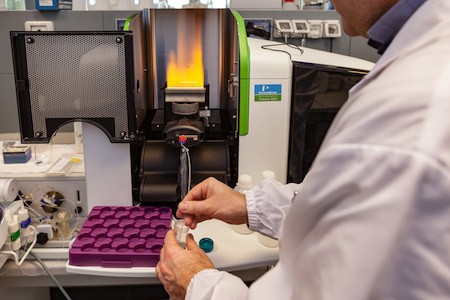
The
European standard EN 71-3 concerning the safety of toys and in particular the migration of some metal elements, has been updated in 2019 with significant differences compared to the previous edition.
A more stringent extraction method and a different procedure are now defined together with new limits for the release of metals.This standard regulates the migration analysis and limits of seventeen metals from toys or their components, from materials to finishes. The analysis is characterized by the migration into a specific solution of the elements at particular temperature and pH conditions that simulate a possible ingestion and digestion of the toy components.
Compliance with this standard is a stringent parameter for the marketing of various products for children and guarantees the safety of materials. This is why it also applies to products, such as furniture and paints, not directly related to the world of toys. Following these multiple applications, CATAS, for several years, has been checking compliance with this standard by carrying out analyzes on toys and finished products, on furniture components (for example as part of the ISO 16890 standard relating to the safety of children mattresses) and on applied paints (EN 71-3 is one of the tests required by the CATAS - CQA quality certification).
Since 18 November 2019, with the 2018/725 directive, t
he European Commission has established a new limit for the release of chromium VI (hexavalent chromium) four times lower than the previous value, passing from 0.2 to 0.053 mg per kg of material. The new limit, very stringent, forces the specific research of this substance with dedicated analytical instruments.
Our laboratories are equipped with the necessary instruments to be able to verify the presence of Chromium VI in very low concentrations. It is a combined system of ion chromatography and detection in UV-Visible spectrophotometry, capable of detecting chromium VI in traces.
The analytical method has been already tested and validated, therefore since June 2020 CATAS has been able to perform all the analysis to verify the presence of Chromium VI, including that provided by EN 71-3.
For information:Flaviano Collavini
+39 0432 747253
collavini@catas.com
Tommaso Pascolini
+39 0432 747257
pascolini@catas.com


 The European standard EN 71-3 concerning the safety of toys and in particular the migration of some metal elements, has been updated in 2019 with significant differences compared to the previous edition.
The European standard EN 71-3 concerning the safety of toys and in particular the migration of some metal elements, has been updated in 2019 with significant differences compared to the previous edition.